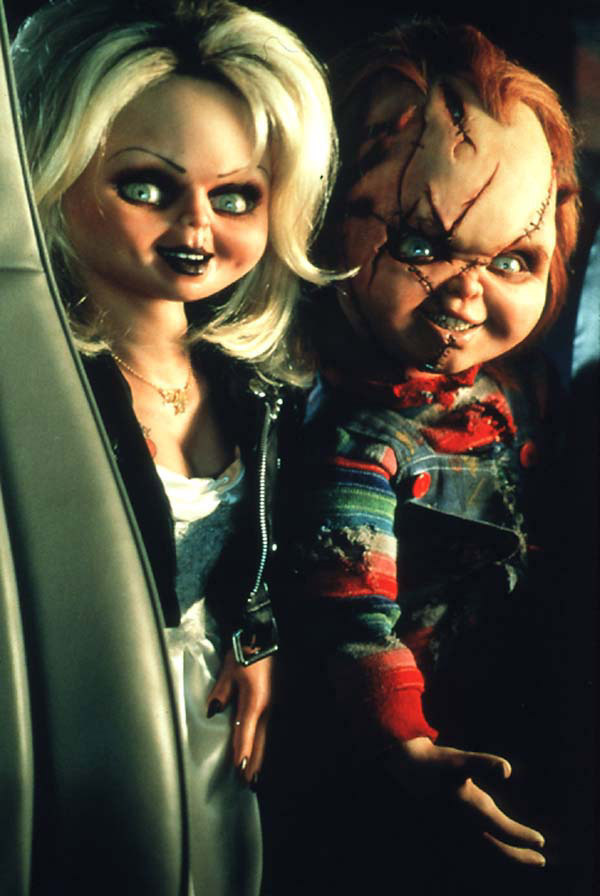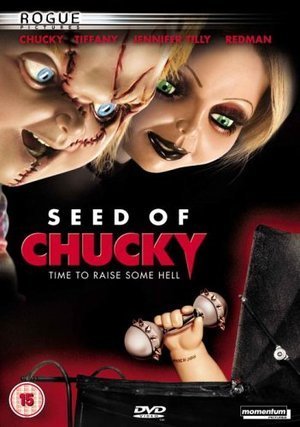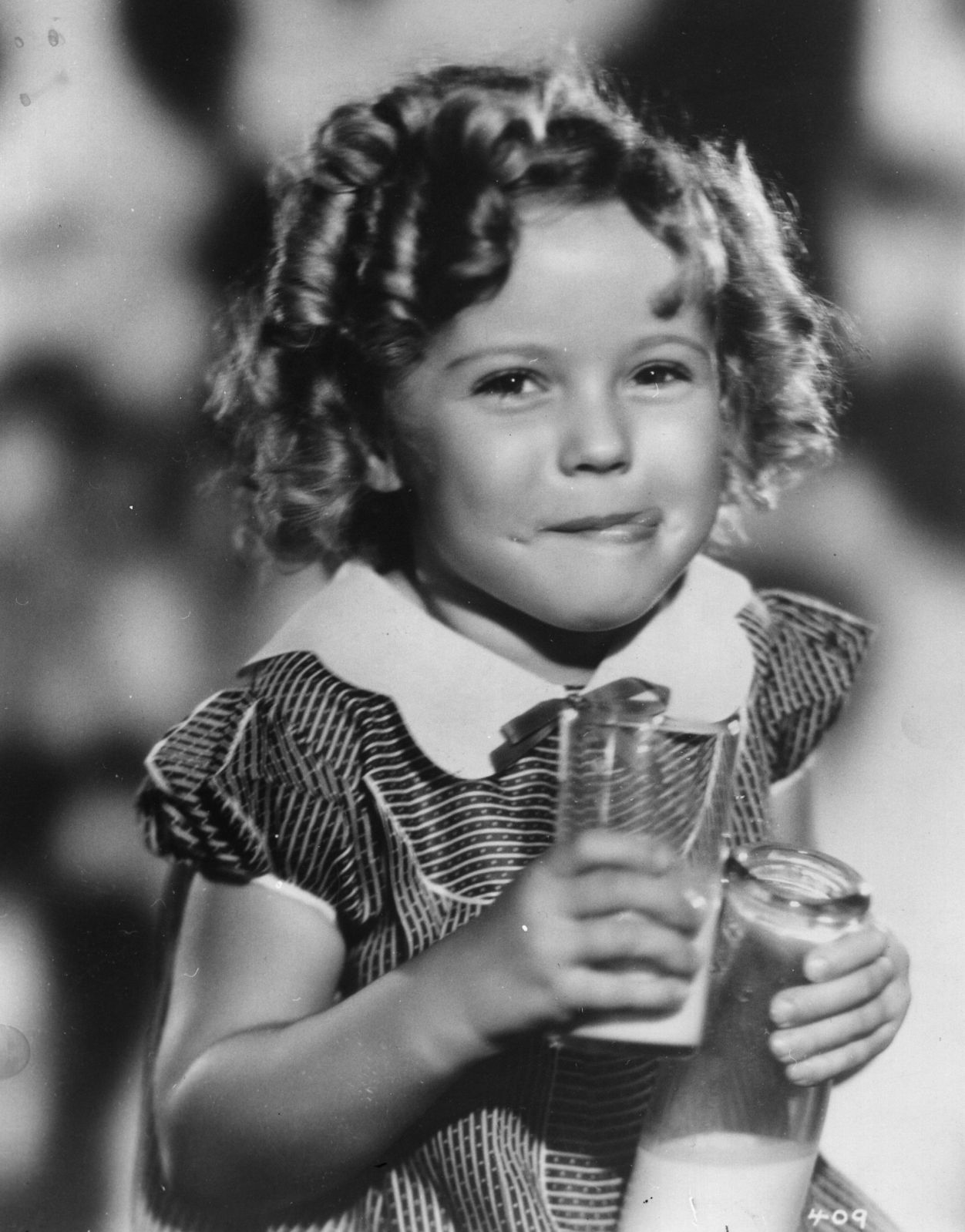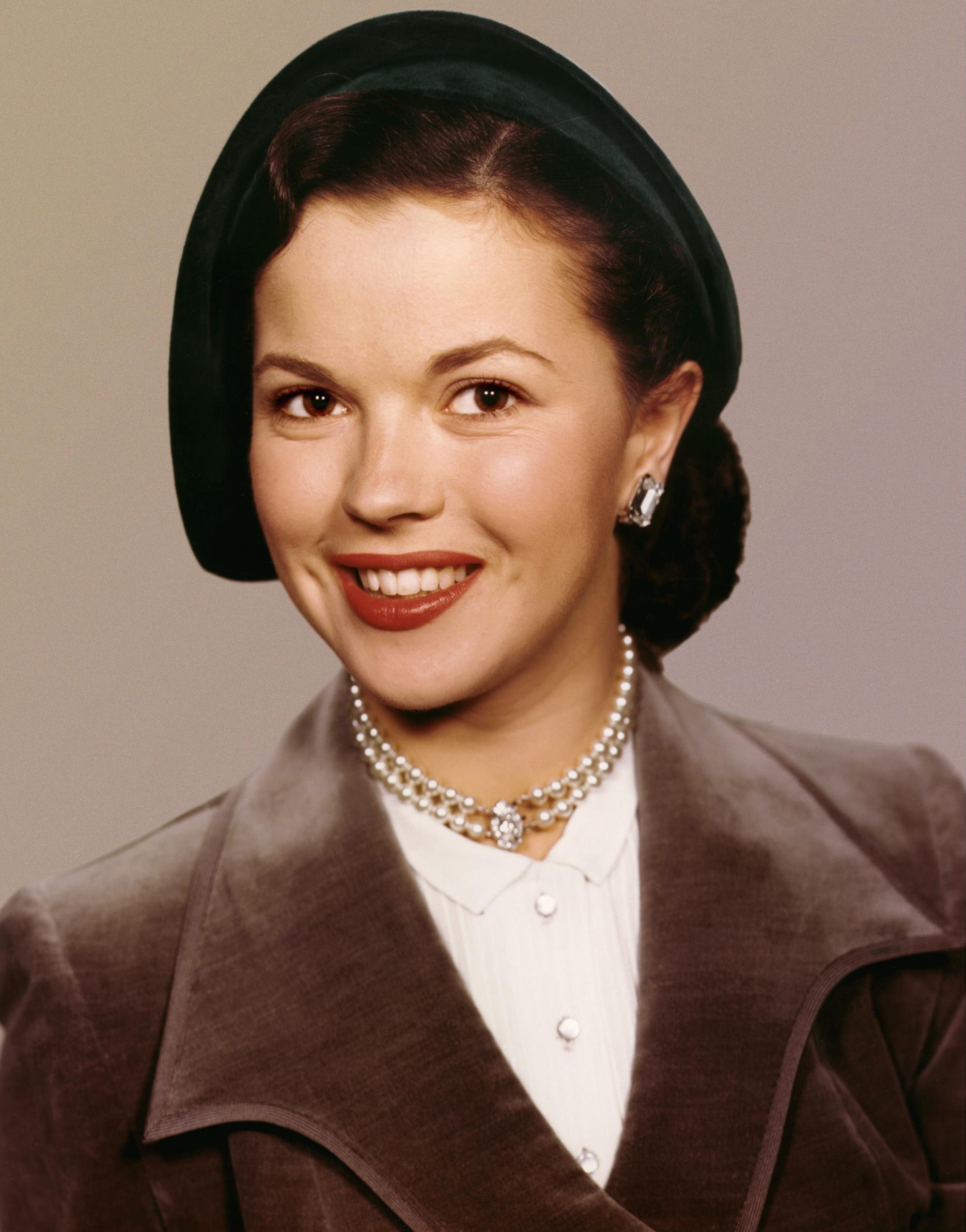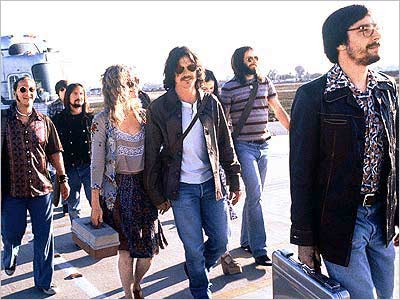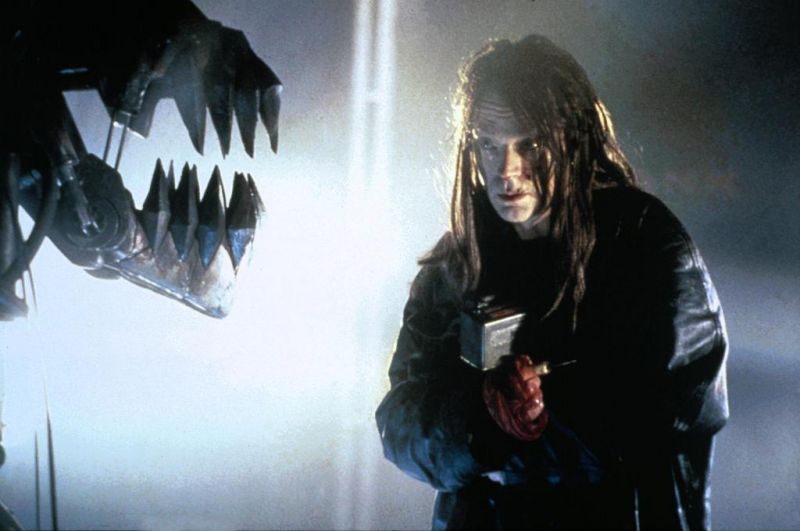Since the beginning of time, humanity has been
equally fascinated and frightened by the question of what happens after we die.
While there are countless theories and religious dictates on the subject, by
far the most cinematic answer is that those of us with ‘unfinished business’
will become ghosts until we are worthy of moving on to the ‘other side’.
Numerous films detail the horrors that occur when the worlds of the living and
dead converge, but many other, more complex, films chronicle supernatural encounters
of a very different nature. The 1940’s hits The
Ghost and Mrs. Muir and Portrait of
Jennie offer viewers artistic and romantic takes on the traditional ghost
story that have continued to influence the perception of spiritual contact for
decades. While both films are immensely enjoyable, the question remains which
ghost truly is the better house haunter, mystical muse, and phantom friend?
 |
| Is there any sight sweeter than a boy and his ghost? |
1. BEGINNINGS OF BEAUTIFUL
FRIENDSHIPS: Both films begin with their protagonists
facing difficult transitions in their lives. In Jennie Eben Adams (Joseph Cotton) is an impoverished painter who is
contemplating giving up his dream of becoming an artist, while in Ghost newly widowed Lucy Muir (Gene
Tierney) is attempting to achieve some independence in male dominated Victorian
society. Eben takes his work to a local art gallery where the curator, Miss
Spinney (Ethel Barrymore), informs him that while his work is technically
accomplished ,it lacks the emotional impact necessary for him to become a true artistic
success. Just as he is about to give up painting for good, he meets the
ethereal Jennie (Jennifer Jones), a little girl who appears far more mature
than her years and distinctly out of touch with modern life. Over the course of
several sporadic encounters with the mysterious Jennie, Eben learns that her
life eerily parallels that of a young woman who had died years earlier.
Although he begins to suspect that there is something far more unusual about
the girl than her personality quirks, he continues to look forward to and depend
upon the companionship that their meetings provide him. Unlike Eben and Jennie,
Lucy and her ghost, Captain Daniel Gregg (Rex Harrison) begin their
acquaintance with full knowledge of their unusual situation. The pair also differs from Eben and Jennie in
that their relationship begins as an instant antagonism rather than friendship
when Lucy purchases the curmudgeonly spirit’s house without his consent.
Equally stubborn, the two are forced into a reluctant truce when it becomes
apparent that neither is willing to give up the house or able to drive the
other from its premises. While Eben and Jennie’s initial meetings are more
unique than the battle of the sexes between Lucy and Daniel, the initial age
difference between them places audiences into the awkward position of rooting
for a romance to occur between a grown man and an adolescent girl. As a result,
The Ghost and Mrs. Muir takes the
title for the more relatable and appealing relationship.
2. MUSINGS OF THE HEART: In
both films the protagonists are provided with an intriguing combination of
artistic inspiration and romantic tension courtesy of their ghostly companions.
After their initial sparring, Lucy and Daniel eventually reach a begrudging
mutual respect for one another. Their tentative peace is threatened, however,
when Lucy’s vicious in-law’s arrive and demand that she give up her new home to
return to the restrictive life she left behind in London. It is then that
Daniel begins to show signs of his true feelings for Lucy by scaring away her
in-laws and pretending that he simply doesn’t want to cope with the bother of
adjusting to another, less respectful, tenant. Although grateful for his help,
Lucy explains that she still might be forced to leave the house after all, as
the investments that made up her husband’s estate have fallen through, leaving
her unable to pay her rent. Rather than rejoicing at the possibility that he
could be rid of this latest intruder, Daniel instead proves himself to be a
true friend to Lucy by providing her with an artistic outlet that is an equally
excellent source of income. He recounts his memories of his racy and
adventurous life to Lucy and together the pair collaborate to turn the salty
tales into a novel. The novel goes on to not only be published but also a
bestseller that provides Lucy with more than enough income to both buy the
house and continue to raise her daughter (Natalie Wood) alone. Through their collaboration,
Lucy and Daniel begin to see one another as equals and start forgetting that
they are on opposite sides of the spiritual divide. As a result, when Lucy is
courted by a womanizing children’s writer (George Sanders) she meets at her publisher’s office, Daniel
instantly becomes jealous and does all that is in his power to thwart the
romance. Upon seeing the distress that his actions cause Lucy, however, he
realizes that he cannot go on expecting a living woman to tie herself to a
truly dead-end relationship with a deceased man.
 |
| Gene Tierney ain't afraid of no ghost! |
Eben faces a similarly difficult
yet fulfilling relationship with his source of inspiration, Jennie. With each
passing meeting, Jennie continues to appear several years older than she was
during the visit that came before and insists that she is ‘growing up in a
hurry” for Eben’s sake. As Jennie continues to appear to him with greater
maturity, he begins to view her as a person rather than an abstract source of
inspiration. As a result, Eben slowly realizes that he does not feel the same
friendship for Jennie that he had when she appeared as a child and that he now
regards her as a love interest and possible soul mate. His feelings for Jennie
bring a newfound passion and purpose into his life which manifest as greater
depth and emotional impact in his work. As their romance progresses, the
quality of Eben’s work continues to improve until there is no longer any
question that he is in fact a talented
and driven artist. Before he can complete his greatest work, Jennie’s portrait,
Eben is faced with the disturbing fact that Jennie’s appearances are drawing
dangerously close to the age at which the living Jennie Appleton reportedly
drowned in a hurricane. He is then forced to face the possibility of not only
losing the woman he loves, but also his ability to produce the work that she has
inspired.
The entire premise of Portrait of Jennie is Jennie’s ability
to inspire Eben and motivate him to become the artist he was meant to be. While
the success of Lucy’s book proves to be a crucial plot point, her literary
pursuits appear to be little more than a footnote in her story when she
reflects upon her life at the end of the film. Similarly, Jennie emphasizes Jennie’s artistic value in Eben’s life while
leaving it up to viewers to decide whether their romance was real or merely a
mirage created out of his own artistic block. In Mrs. Muir, Lucy and her now grown daughter, Anna (Vanessa Brown), reminiscence
about their supposed imaginings of the ghostly captain and the comfort that his
presence brought to their lives. This conversation reveals the lasting effect
that Daniel’s interactions with both women had upon their lives, while also proving
that Lucy continued to think about and be influenced by her phantom friend long after his departure.
Jennie’s influence proves to be the catalyst to Eben’s illustrious career,
while Daniel’s relationship with Lucy is revealed to be a real and lasting love
that reaches beyond death. Neither film can compete with the artistic or
romantic influence of the other’s ghost, making this one a draw.
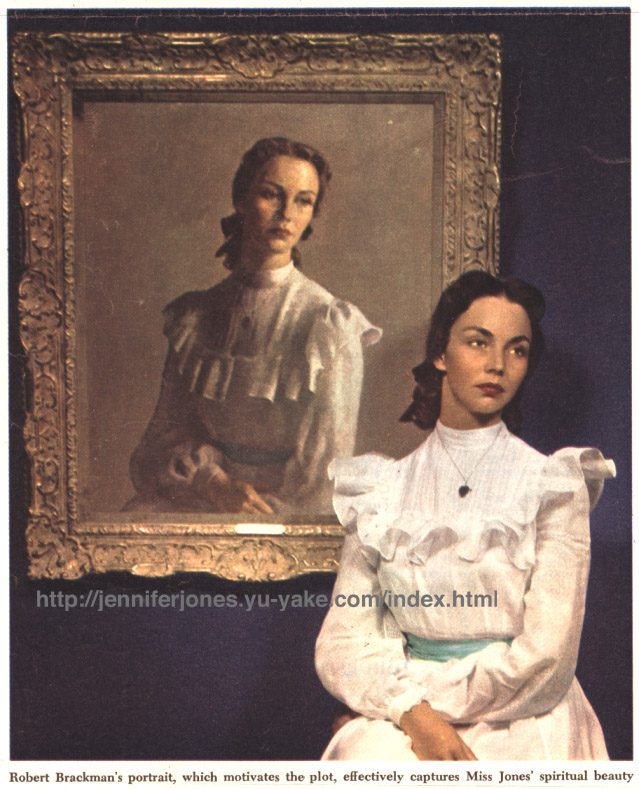 |
| An uncanny likeness |
3. FINAL FAREWELLS?
In an effort to ensure that Lucy truly lives her life to its fullest, Daniel
deceives her into believing that their friendship was all part of an elaborate
fantasy that she created and disappears from her life. Similarly, following
Jennie’s disappearance at the site of her drowning Eben is forced to question
whether Jennie really existed beyond the confines of his imagination. At the
end of Mrs. Muir, however, it is
revealed that Daniel’s visits were real when Lucy dies of old age only to wake
up and find Daniel’s spirit waiting to usher her soul to the other side. This
ending allows the film to answer any questions that viewers might have and
provides a comforting conclusion that encourages audiences to retain their
faith in romance and life after death. Rather than settle for a conventional
Hollywood ending, Jennie instead
leaves the question of whether or not Jennie really existed for viewers to
decide for themselves. While this open ending may prove frustrating for some
audiences, it also credits viewers with the intelligence to interpret the story
for themselves, providing the film with a more mature tone. For its
unconventional ending that defies Hollywood expectations, Portrait of Jennie wins the final round for most intriguing ending, leaving the overall score at an even tie. Please give your opinions of each film and which you prefer in the comments!
 |
| A pair that even death can't part |



